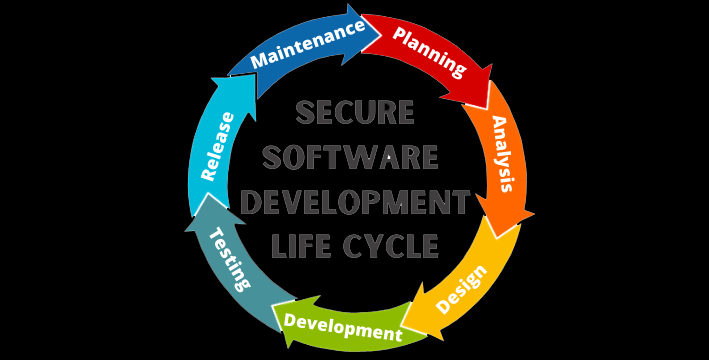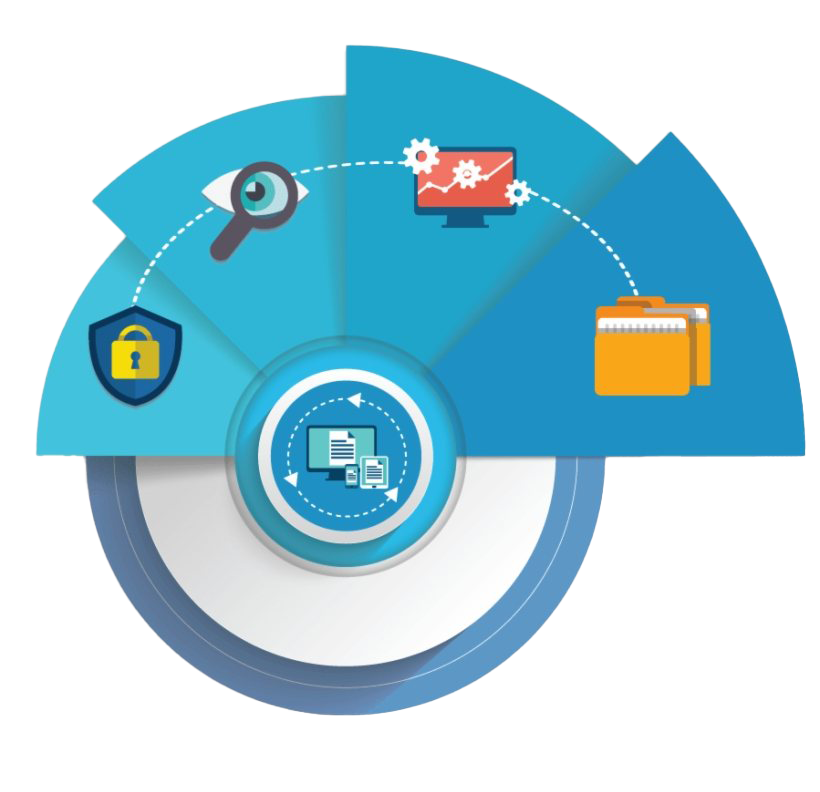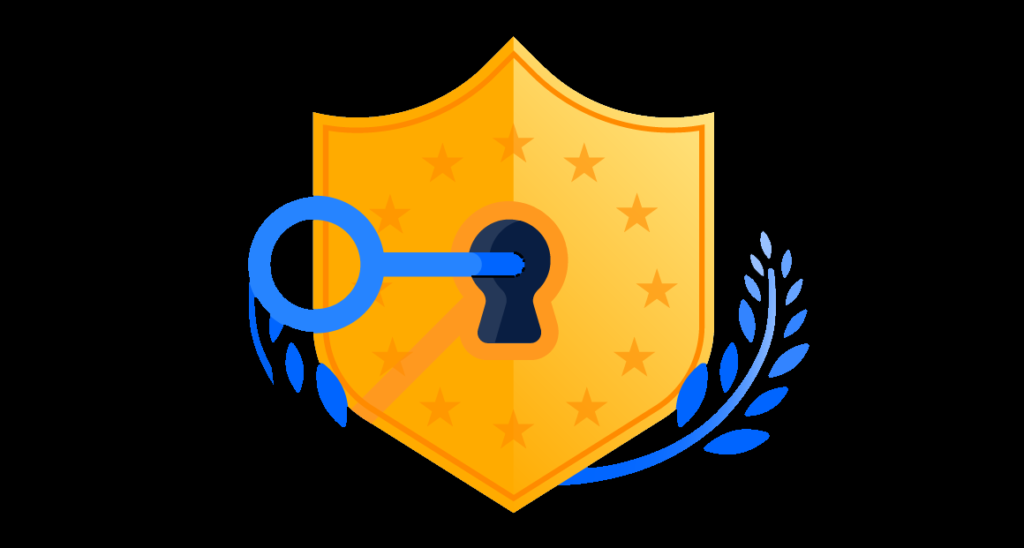
Security in Software Development
Today’s interconnected digital world relies on countless apps, services, and systems, all of which are built on software. But with great power comes great responsibility, and it is entirely the responsibility of software engineers and developers to ensure software security. Data breaches, financial losses, and reputational damage can all arise from security neglect.
This blog includes a thorough how-to for integrating security into each stage of the software development lifecycle and seeks to increase awareness of the critical role that security plays in software development.
Software security is not just a nice-to-have feature; it is a crucial requirement for many reasons.
Protecting Sensitive Data
Sensitive user data, such as confidential documents, financial information, and personal data, is typically managed by software. Security flaws could lead to data theft, financial losses, and legal ramifications.
Preserving User Trust
Security lapses erode users’ trust in your program. A breach could hurt both current users and potential new customers by discouraging them from utilizing your product or service.
Legal and Regulatory Compliance
A variety of laws and regulations (including the GDPR and HIPAA) necessitate the protection of user data. If you don’t comply, you could face legal repercussions and hefty fines.
Reputation Management
A security breach could significantly harm your company’s reputation. Regaining trust after a breach can be challenging and expensive.



Security by Design
Think about security first. During the initial stages of planning and designing, take potential security threats and weaknesses into account. Perform threat modeling to discover risks and mitigation strategies.
Secure Coding Practices
Teach developers to secure coding methods. Encourage the use of well-established coding standards and guidelines, such as the secure coding guidelines published by OWASP for various programming languages.
Regular Code Reviews
Always review your code with an eye towards security. Automated code analysis techniques can find vulnerabilities, but manual evaluations are required for a complete understanding.
Authentication and Authorization
To ensure that only permitted users can access your program, implement trustworthy authentication mechanisms. By using roles and permissions, limit user access by following the least privilege concept.
Data Encryption
Encryption should be used for sensitive data both in transit and at rest. Use essential management processes that comply with industry standards to protect the confidentiality and integrity of data.
API Security
Secure APIs can be achieved by appropriately integrating authentication, authorization, and rate limitation. Protect yourself from common API issues like improper error handling and injection attacks.
Security Testing
As part of your software development process, conduct security testing. Conduct routine penetration testing, vulnerability scans, and security assessments to identify issues early and resolve them.
Third-party Dependencies
Be cautious while using third-party libraries and components. For dependencies, use reliable sources, and keep them updated to fix any known problems.
Incident Response Plan
To promptly respond to security incidents, develop an incident response strategy. Test the plan often to ensure that your staff can respond appropriately.
User Education
Share security best practices with users, such as using secure passwords and being aware of phishing attacks. Encourage people to report security issues and lay forth specific security guidelines.
Security is an essential stage in the software development process, not just an afterthought. Neglecting security can put the company and its users at serious risk. By putting security first and following best practices throughout the development lifecycle, software developers can create dependable and secure apps that protect user data, uphold trust, and comply with legal and regulatory requirements. Remember that in the digital age, security is a necessity, not a choice.

